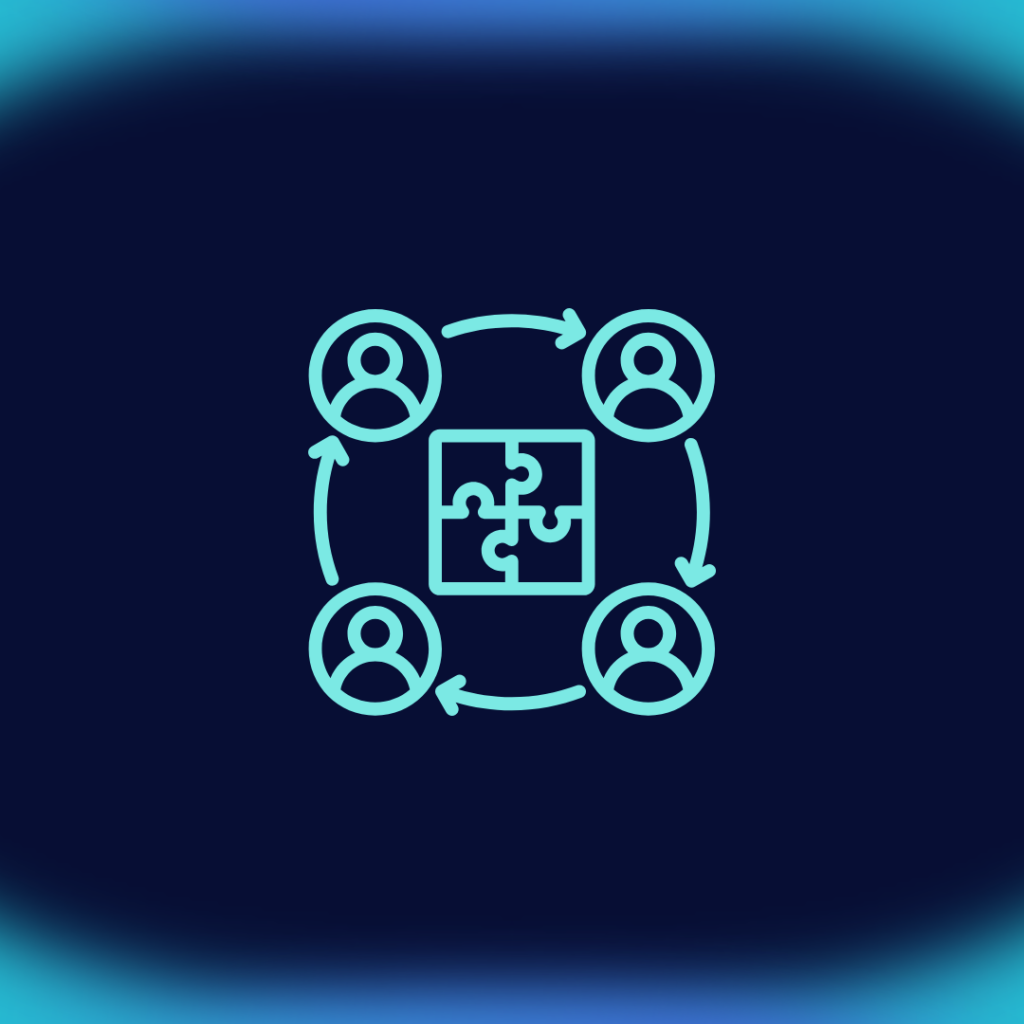Learn how to cultivate a strong, robust cybersecurity mindset, empowering people to identify and resist digital threats through training and IT precaution and creating an ironclad human firewall capable of protecting your company’s assets against cyber-attacks.
Take a second and try to think of any company that is not digitized and integrated with Information and Communication Technologies (ICT). Not many, right? Globalization has encouraged this, and the COVID-19 pandemic forced businesses around the world to reinvent their ways of working and adjust their production systems.
This openness to technology, however, also presents a number of risks that can be extremely detrimental to organizations. Cybercrime is more rampant than ever, so all businesses need to have an adequate cybersecurity policy in place to protect themselves from scams.
In this regard, the human factor takes on critical importance, as it is the weakest link in any cybersecurity strategy. Over the years and with the advancement of technology, companies have developed cybersecurity applications, many of them driven and supported by Artificial Intelligence.
However, despite the efforts of organizations to improve the digital security of their assets, potential threats are still on the rise, alluding to social engineering techniques, with people at the center of their target. For this reason, you need a last (and first!) line of defense, a human firewall.
What is a human firewall?
First of all, we must understand what a ‘non-human’ firewall is. Think of a firewall as a digital doorman for your device or online network, like a gatekeeper that decides who can and cannot enter. It analyzes all Internet traffic that tries to reach your device or network and decides whether it is safe to allow it or whether it should be blocked to protect you from potential threats and malicious attacks.
It’s like a virtual security gate that helps keep “unwanted visitors” at bay and make sure only good things get through.
Now, a human firewall is basically the last line of defense for the security of a company or organization. These are the people in charge of combating potential threats that could damage the assets of the organization.
A good human firewall is created through education and good cybersecurity awareness within companies. This education is necessary because humans are the weakest link in any cybersecurity plan – despite what we might think about our own capabilities, all humans react to certain things in predictable ways, which means that without education, we are easily manipulated by the social engineering techniques that cybercriminals use to trick us.
A human firewall is not defined as:
- a single individual or “defender”;
- a position restricted to the security team or any single team;
- a charge that is the sole responsibility of the employee;
- a state of “set and leave”.
The human firewall tries to create a completely new chain, supported, personalized for each employee, as each worker has different knowledge and different levels in the company. And you can’t just put something in place and forget about it! The firewall should be optimized and updated for new potential threats that are continuously arising.
For example, the phishing techniques used today may not be at all the same as those that will be used five years from now. For this reason, cybersecurity training must be customized and adaptable to the changing needs of the environment and the capabilities of workers.
Any worker in any company could inadvertently open an email that at first glance may come from their boss but that, when opened, infects all the company’s servers with terrible malware. Like it or not, we are all potential victims of social engineering that can affect the organization’s most valuable assets.
Why is it important to have a human firewall?
Even before the COVID-19 pandemic profoundly altered the way business operations depended on digital technology, increased telecommuting, and led to a proliferation of new cyber threats, companies faced monumental challenges in protecting their resources, personnel, clientele, and information. These challenges have gone beyond the physical boundaries of the organization, affecting all types of networked environments and new ways of working.
Employee morale and commitment are equally relevant issues in the midst of such uncertain circumstances. Employers should encourage their employees, support their professional growth, and define their role in the context of the broader company. This is especially important given the pressing shortage of cybersecurity experts: a focus on strengthening the human firewall can help mitigate this problem and even inspire vocational changes.
Thus, the importance of developing a human firewall lies in the need for companies to protect their assets (mostly digital), as well as to avoid reputational losses if a cyber-attack were to occur and customer data were compromised.
How to achieve an efficient and effective human firewall?
Through cybersecurity awareness and training. If we want our organization’s security policies to be complied with, employees must know, understand, and comply with all the protection regulations associated with it.
Thus, we must follow these guidelines to ensure that the weakest link in the chain is strengthened:
- Periodic simulations to keepthe vulnerability level of the company under control.
- Customized training according to the knowledge of each employee.
- Establish training intervals. In this way, learning sessions can be conducted to focus on cybersecurity updates, to strengthen vulnerable areas, or to highlight more relevant messages.
- Require external entities with which we interact to bring their cybersecurity policies in line with our own.
- Evaluate the knowledge acquired to determine the level of awareness achieved and the areas that need reinforcement.
Social engineering, the great threat
Cyber attacks through social engineering can be based on technological elements, such as spam, browser pop-ups, malware, phishing, or pharming, among others. They can also rely on human factors, exploiting behavioral weaknesses such as willingness to help, respect for authority, or fear of losing a service.
In both cases, the key to stopping such attacks lies in having a strong human firewall, built through training and awareness. The latest technological innovations will be in vain if a cybercriminal can obtain a company’s confidential information through a simple email.
Cybercriminals use multiple techniques to achieve their goals. Some use technology, while others focus on human manipulation, and still others combine the two. Reducing or mitigating these risks depends on employees’ commitment to cybersecurity. Ensuring that everyone understands the procedures and adopts a true safety culture is critical. That’s how you set up an effective human firewall.
It is essential to keep in mind that any company, regardless of its size or sector, can be exposed to cyberattacks.
Cybercriminals can carry out attacks without circumventing security measures, obtaining valuable information through deception, but if people are trained and aware of cybersecurity. they will help reduce the vulnerability of the company and its risk of possible negative consequences.




